Easy piano games that you and your child can play together
Posted on
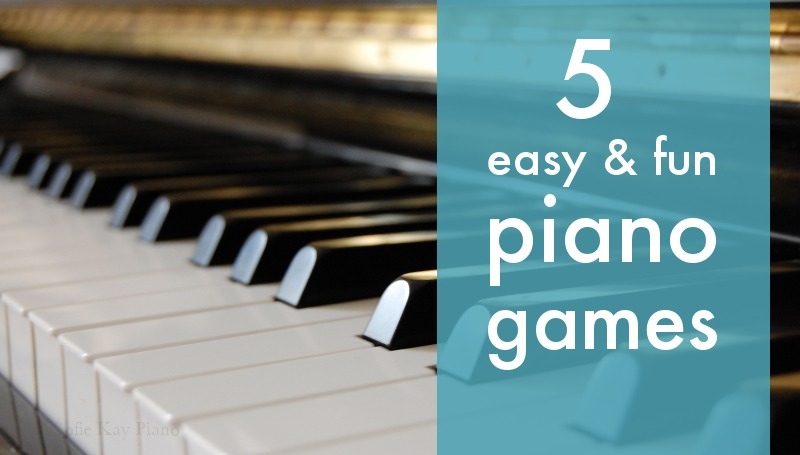
If you have any quiet moments in the holidays, why not consider a few minutes of bonding time at the piano? Even if you don't know what's up from down when it comes to the piano, I promise you'll be able to play these games with your child.
1. Memory game (akin to 'I went shopping and I bought...')
This is one that my piano students really enjoy, and it's ridiculously addictive once you get the hang of it! Decide on a range of notes to use (only black notes, or from middle C - higher C, or even all the white notes). One of you plays one note to start, then the next player plays the note you played and then adds on one note. You take turns playing what has already been played and adding one note, until one of you forgets how it goes.
This game really helps with being able to navigate around the piano and the ability to 'play by ear' so it's good for both beginners and intermediate levels. You can make it a step harder by saying the names of the notes out loud as you play them (use the first pages of your child's first tutor book if you need help - the names will be somewhere in there)
2. Long-lasting notes
Play any note and hold it down until it completely fades away. See who stops being able to hear it first. Try it with high notes and low notes and notice how much longer the low notes last. You can also hear lots of reverberations going on inside the piano if you listen closely enough. This may sound like the most boring thing ever, but the likelihood is your kid has better hearing than you and they'll probably love to be better than you at something!
3. Singing game
Like number 2, hold a note down on the piano until it completely fades away...then count to 30...then see if you can sing the note out loud! If your child really struggles with this, shorten the number of seconds you wait until you sing it back and it should get easier. This will really help their ability to hold a tune in their heads without singing it out loud - a huge part of being able to sight-read.
4. Interval game
The distance from C-E is a called a 3rd because it involves 3 notes. This is what intervals are - in music you get 2nds, 3rds, 4ths, 5ths, 6ths, 7ths, and octaves (or 8ths). With this game, one of you plays a note and shouts an interval number plus a direction (up or down), and the other finds it as quickly as possible.
For example, you play a C, and shout '4th, up!' and your child works out what is 4 notes up from C (including C) and finds F. Then they play F and shout "7th, down!", and you count 7 notes down from F and play G. This can become quite a fast paced game and, again, really helps with sight-reading!
5. Make up a duet
This one isn't as scary as it sounds. If you know the names of the notes on the piano, have a go at playing C, A, F and G over and over again. Any white notes that your child plays over the top of that are going to sound gorgeous - and there it is! A duet! You could name your duet something special to both of you, you could figure out whether you like it played up high or down low, you could play loudly or quietly, fast or slow... there are so many possibilities for this one. If you're not a piano player and you fancy challenging yourself with your part, play the chords below along with your four notes. Either play each set of notes separately, one after the other, or all together at the same time. It'll sound beautiful either way!
C major chord:
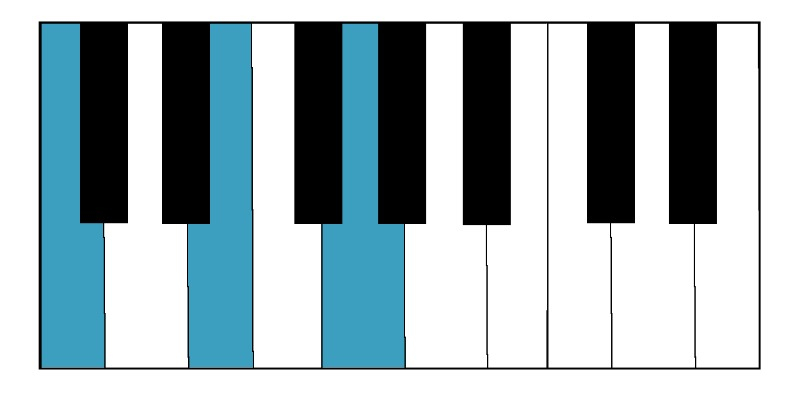
A minor chord:
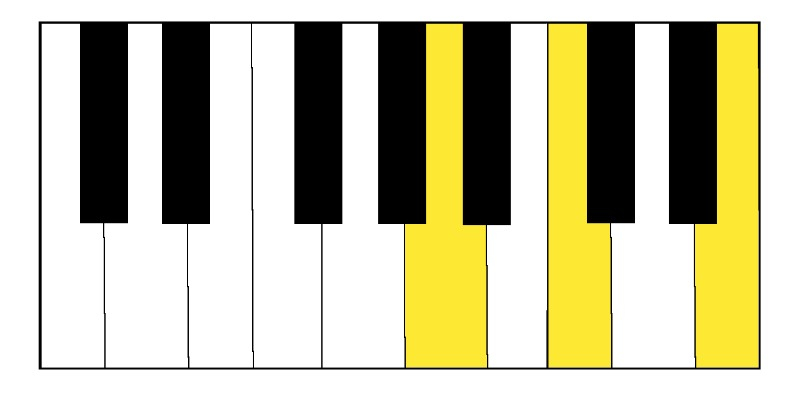
F major chord:
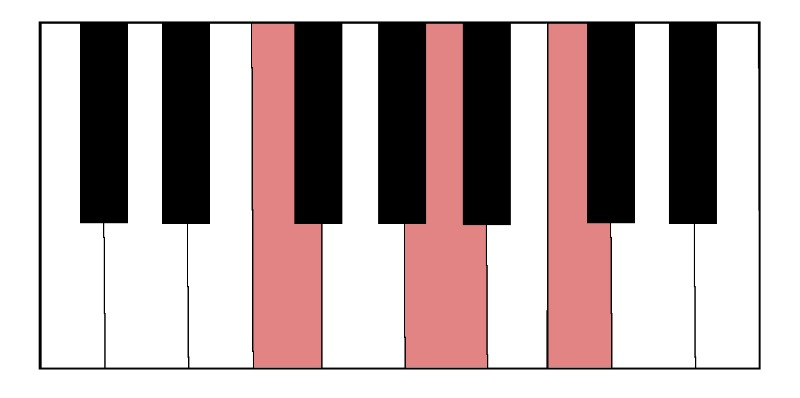
G major chord:
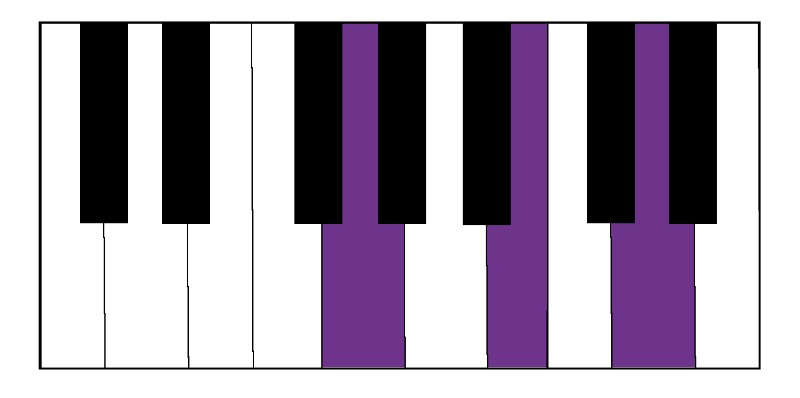

Add a comment: